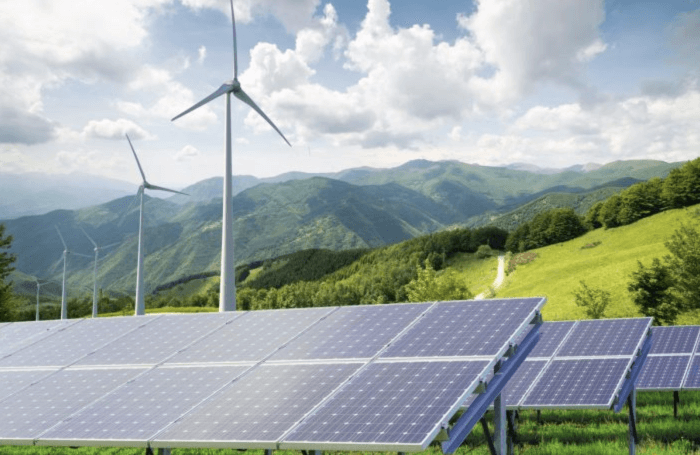Are we chasing our Tails?
Energy consumption worldwide grew by 2.3% in 2018, nearly twice the average rate of growth since 2010, driven by a robust global economy as well as higher heating and cooling needs in some parts of the world. The biggest gains came from natural gas, which emerged as the fuel of choice last year, accounting for nearly 45% of the increase in total energy demand. Demand for all fuels rose, with fossil fuels meeting nearly 70% of the growth for the second year running. Renewables grew at a double-digit pace, but still not fast enough to meet the increase in demand for electricity around the world.

As a result of higher energy consumption, global energy-related CO2 emissions increased to 33.1 Gt CO2, up 1.7%. Coal-fired power generation continues to be the single largest emitter, accounting for 30% of all energy-related carbon dioxide emissions.
Higher energy demand was propelled by a global economy that expanded by 3.7% in 2018, a higher pace than the average annual growth of 3.5% seen since 2010. China, the United States, and India together accounted for nearly 70% of the rise in energy demand.
The United States had the largest increase in oil and gas demand worldwide. Gas consumption jumped 10% from the previous year, the fastest increase since the beginning of IEA records in 1971. The annual increase in US demand last year was equivalent to the United Kingdom’s current gas consumption.
Weather conditions last year were also responsible for almost a fifth of the increase in global energy demand as average winter and summer temperatures in some regions approached or exceeded historical records. Cold snaps drove demand for heating and, more significantly, hotter summer temperatures pushed up demand for cooling.
Trends by technology
Global gas demand expanded at its fastest rate since 2010, with year-on-year growth of 4.6%. Oil demand grew 1.3% and coal consumption rose 0.7%. Oil and coal together accounted for a quarter of global demand growth.
Renewables, which grew by over 4%, met around one-quarter of the growth in total primary energy demand. This was largely due to expansion in electricity generation, where renewables accounted for 45% of the growth in 2018.
Nuclear also grew by 3.3% in 2018, mainly as a result of new capacity in China and the restart of four reactors in Japan. Worldwide, nuclear generation met 7% of the increase in energy demand.
Electricity continues to assert itself as the “fuel” of the future, with global electricity demand growing by 4% in 2018 to more than 23 000 TWh. This rapid growth is pushing electricity towards a 20% share in total final consumption of energy. Increasing power generation was responsible for a little more than half of the growth in primary energy demand.
Oil and coal grew at similar levels, with significant growth in coal-fired power generation more than offsetting declines in coal use elsewhere.
Reading into the report, one soon realises that while renewable energy rollout has increased, it is not replacing fossil fuel generation. At the same time, extreme weather events caused by climate change is driving energy demand up. This has caused the carbon intensity of electricity generation to increase.
So what we need is a faster rollout of larger generation projects that emit zero carbon emissions. Nuclear technology can do this but until somebody figures out the deep time consequences of nuclear waste storage and makes it 100% safe, there will be no public buy-in.
Under the IEA’s Sustainable Development Scenario, the world would need to add 17 gigawatts of nuclear capacity every year, nearly doubling the current global fleet by 2040 to meet global carbon emission goals. Unlike wind and solar technologies which provide variable loads according to weather conditions, nuclear power provides steady base load, eliminating the need for costly transmission upgrade and storage.

































